Iconic Figures who bent and broke Gender Norms: Androgyny
- Asmita Sen

- Feb 23, 2021
- 3 min read
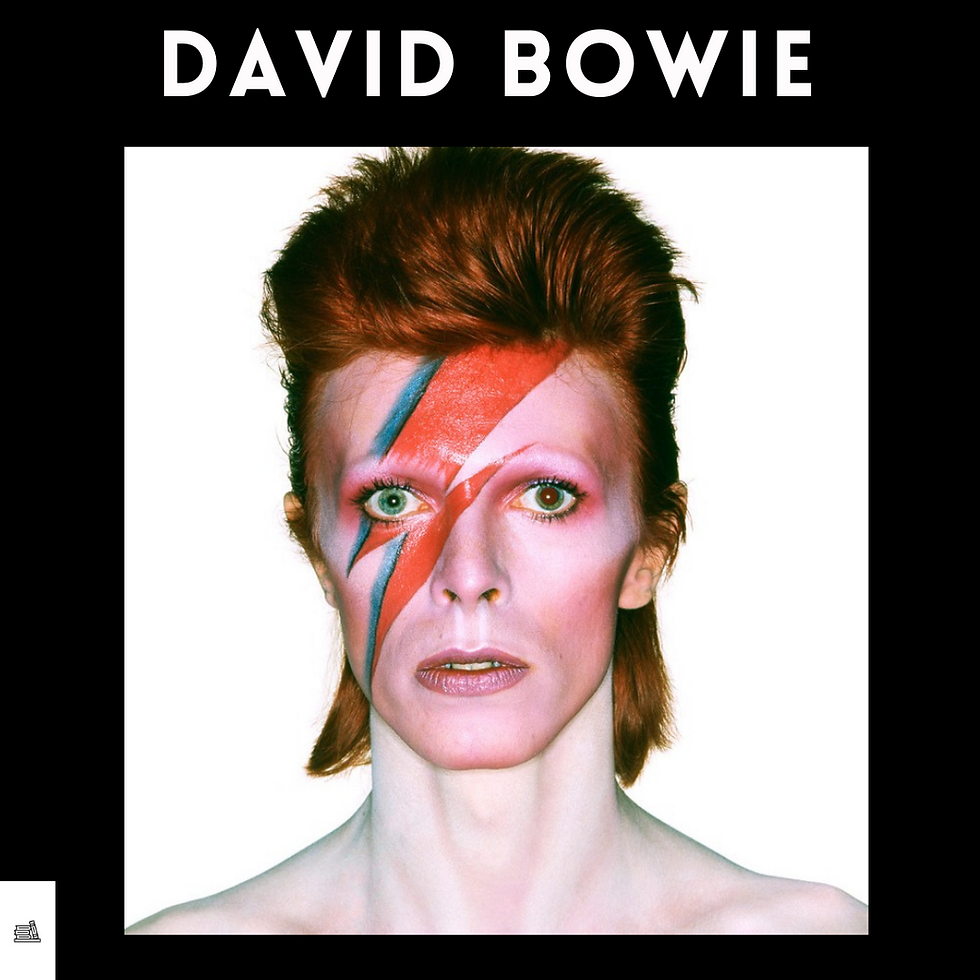
David Bowie
It is a given fact that Bowie was the father of androgyny in the 1970s. He changed the menswear and the monotonous fashion industry forever.
In 1970, David Bowie released his third album called "The Man Who Sold the World." On the record cover, Bowie is pictured reclining on a chaise longue with long wavy hair and wearing a long velvet dress, dubbed the "man dress." He was styled with some block-heeled suede boots, the look was deliberately androgynous. He repeatedly re-wore the "man dress", designed by Mick Jagger's dresser Mr Fish, throughout his US publicity tour in early 1971, despite being reportedly ridiculed by the general public on the street.
Some fashion historians credit Elvis Presley as the initiator of androgyny as a concept. However, Bowie's exaggerated use of makeup and theatrical stage outfits were seen as far more controversial than his androgynous style rival, who solely relied on eyeliner and a feminine pout. As the King of Reinvention, Bowie would use music and fashion as a means of self-expression through his personas like Ziggy Stardust, Aladdin Sane and the Thin White Duke.
Content Source: bussinessoffashion.com
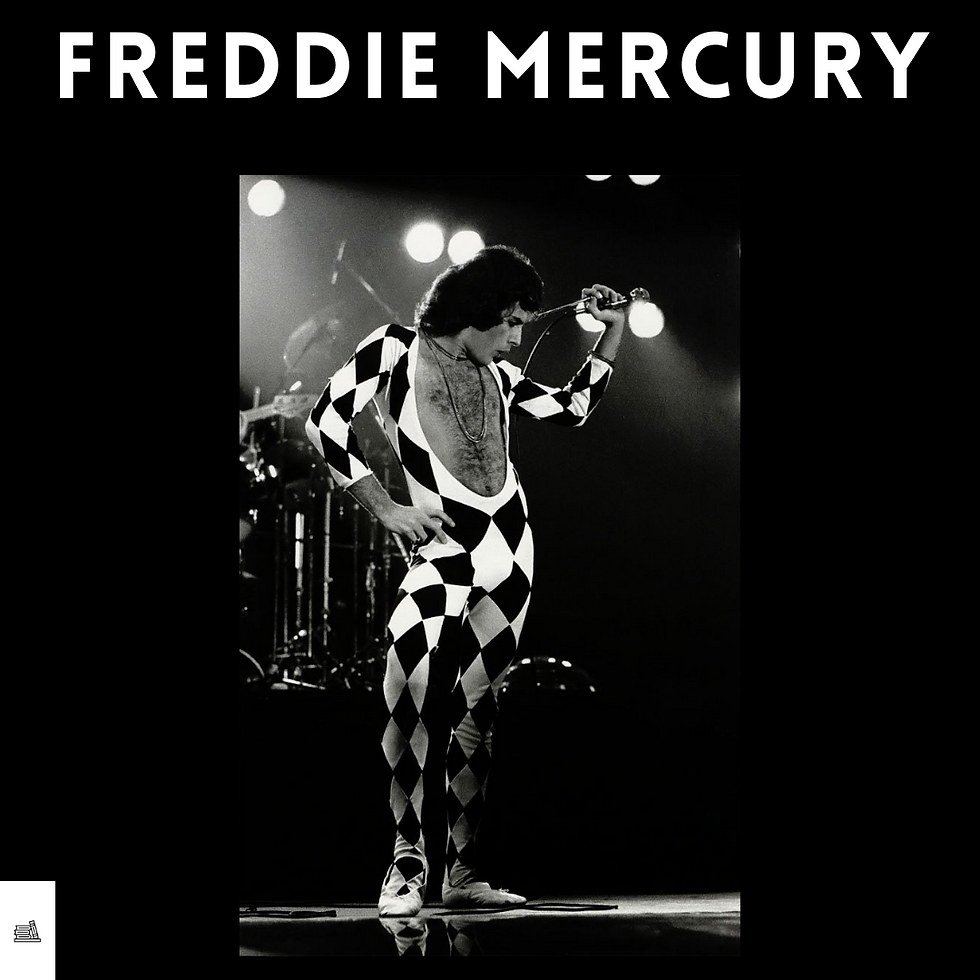
Freddie Mercury
During the early days of Queen, Freddie Mercury had announced “I am not going to be a star, I am going to be a legend”. He definitely is remembered as a legend to date. His subversive fashion prevailed during the same time as Bowie was experimenting with his fashion.
However, Freddie’s sense of fashion came from a more subversive point of view while performing glam rock. In Queen’s “I Want to Break Free” video, Mercury dressed in female pin-up clothing, with a black leather skirt and pink earrings to portray the role of a repressed housewife. The song and video went down as one of Queen’s biggest hits and is reflective of Mercury’s unapologetic play on gender norms and sexuality. “I Want to Break Free” has become an LGBTQ anthem and mantra to live by, with LGBTQ entertainment sites even using it as their domain. During such a divided time in the 80s, Mercury donning this look on national television was inspirational. His use of drag, leather trousers and leotards ooze empowerment with a disregard for gender binaries.
Content Source: dazeddigital.com
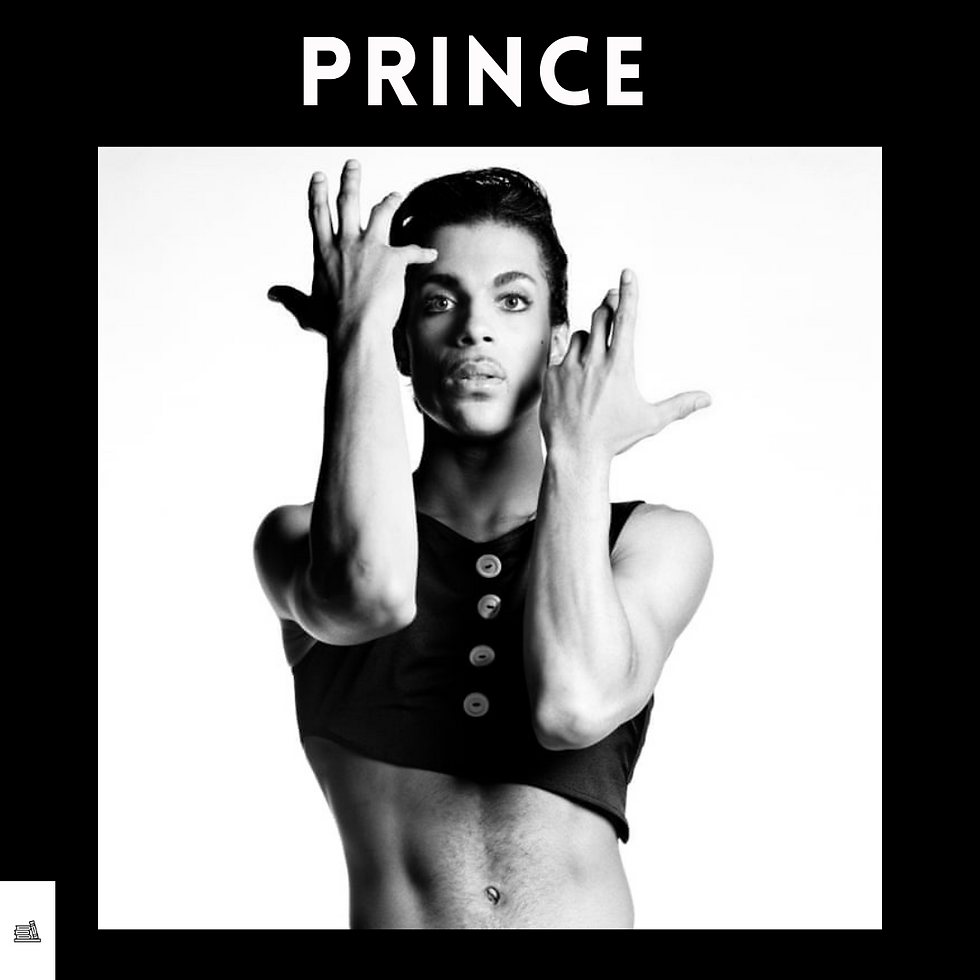
Prince
Prince’s androgynous genius changed the way we looked at androgyny and music from a holistic point of view. Prince was right in the thick of all this ambiguous ’80s action.On the back of 1980’s Dirty Mind, he posed languidly in black thigh-high stockings, bikini briefs, and little else. On Parade, from 1986, he’s wearing mascara and a stomach-baring top that cuts away just below his nipple line. And by 1988’s Lovesexy cover, Prince appears as an angelic nude hovering amid lush blooms. In a sly, saucy touch, one flower's stamen—close by the singer’s crotch—mimics the arc of an erection.
Prince was a genius when it came to androgynous fashion. It was not just any fashion, it was his identity and fluidity he was portraying so fluently. The ridicules, shock factor and trolls he received were nothing compared to the audience that lifted him up and looked up to him as an angelic figure.
Content Source: https://pitchfork.com/
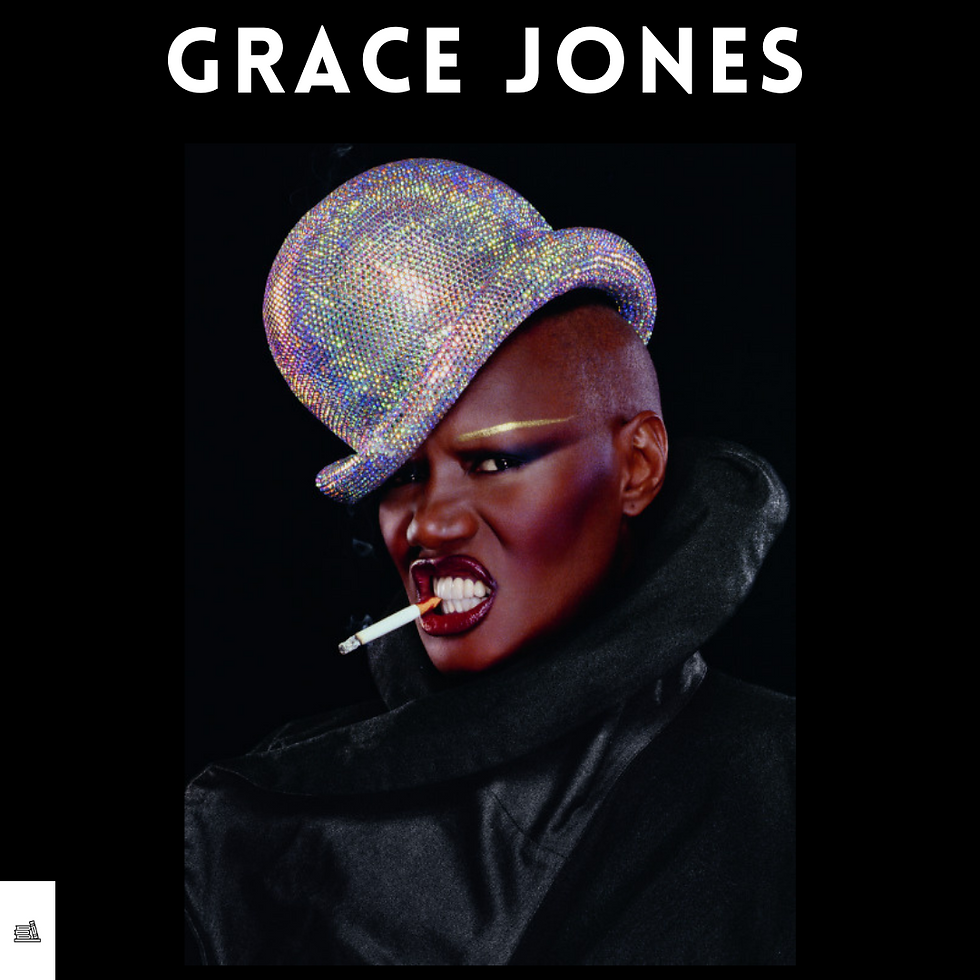
Grace Jones
Jamaican singer, Grace Jones is interpreted by the public in several ways. As Jean-Paul Goude (the photographer) told People about Jones, “Men think she’s sexy. Women think she’s a little masculine,” and “gays think she’s a drag queen.” Androgyny was always her thing, as was a sexuality that could swing from remote and alien to animalistic and overpowering. Among the most famous Goude images is the cover of Jones’s 1981 album, Nightclubbing, in which she appears sporting her trademark flattop, a cigarette dangling from her lips, and wearing a power suit with lapels so wide and shoulder pads so square, they echo the harsh geometry of her haircut. She’s an impossibly idealized caricature of masculinity
In her memoir Jones reflects early and often on her unconventional gender identity, describing herself as possessing two completely distinct selves, a split that mirrors her extreme closeness with her brother Chris. He’s as feminine as she is masculine.
Content Source: vogue.com





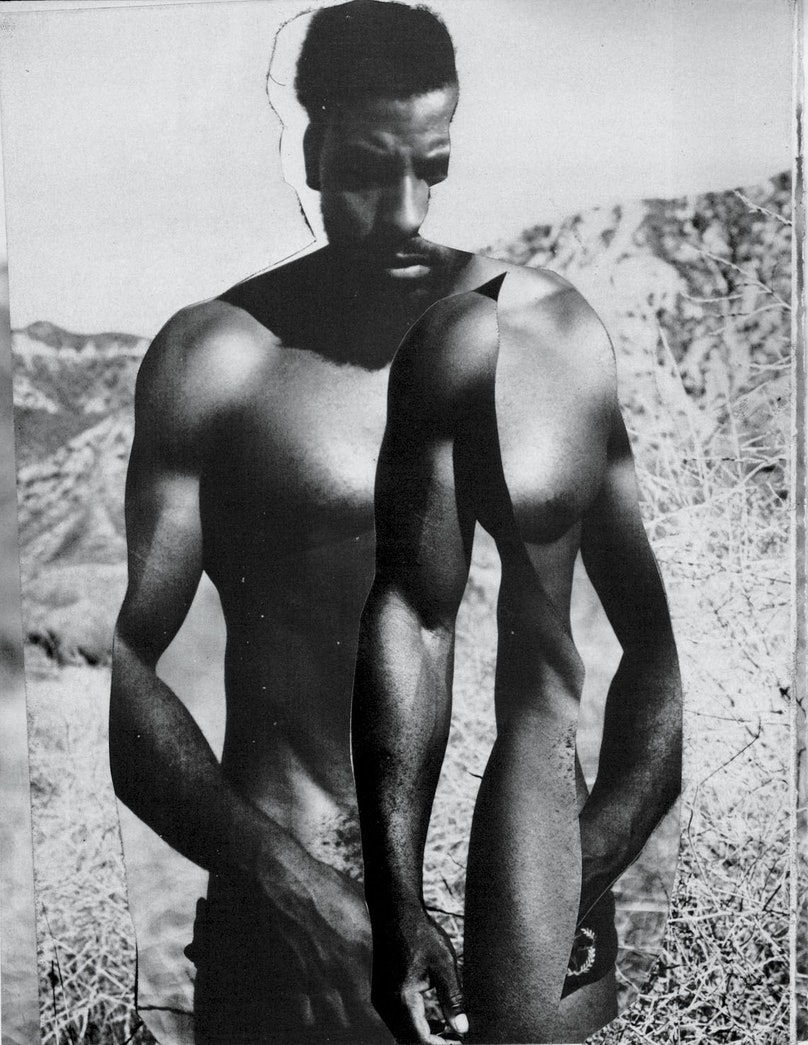
Comments